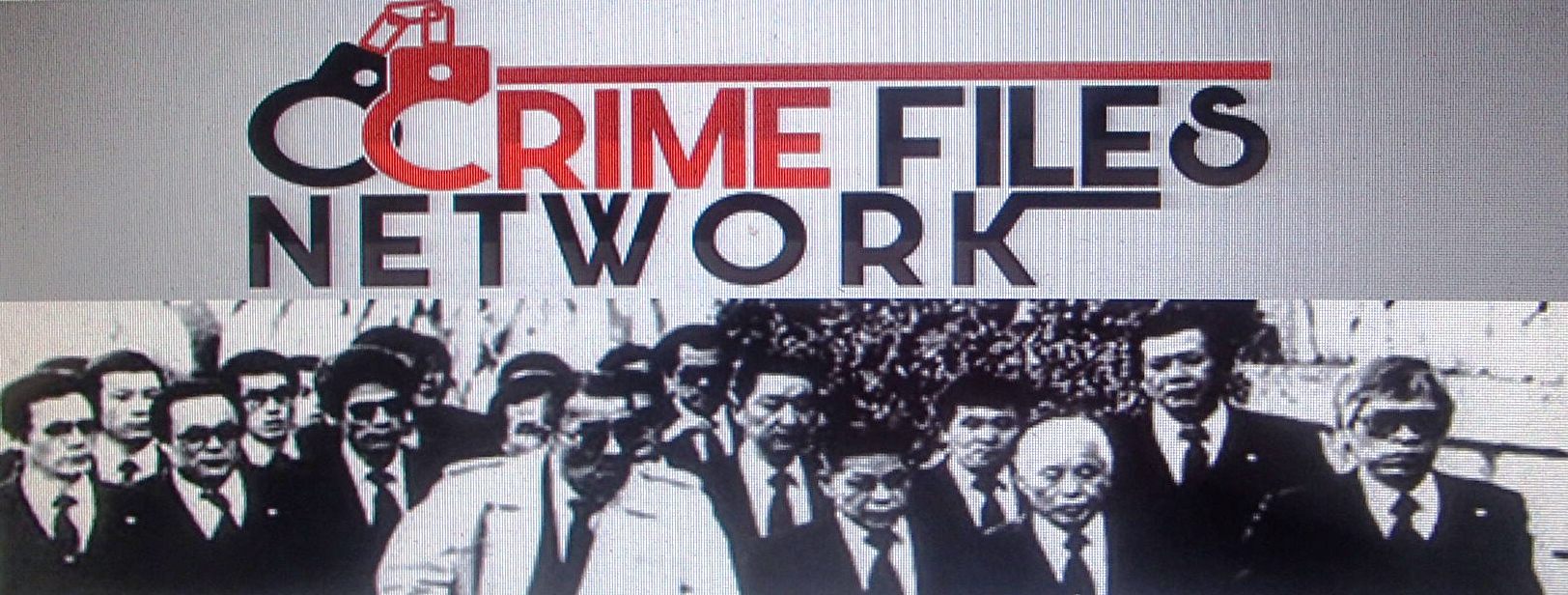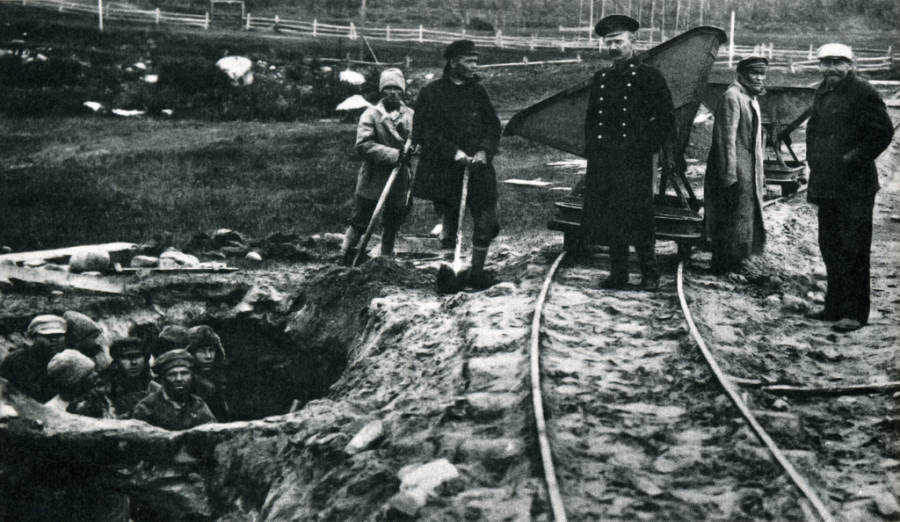https://youtu.be/P4DYysKV-bE <<<<<<VIEW VIDEO LINK HERE
Soviet prison camps were a criminal system of oppression that was widespread and long-lasting. The first camps were founded in 1918, and their number reached its peak in the 1950s. During more than 40 years, 20 million people were brought to almost 500 camps. Innocent people were made guilty. Every sixth adult citizen was forced to a camp or expelled.
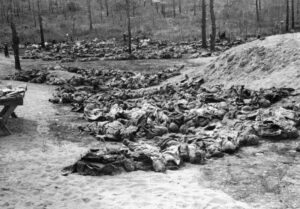
The writer Aleksandr Solzhenitsyn named this system the Gulag Archipelago. It extended thousands of kilometres from the White Sea to the Black Sea, from Moscow to Vladivostok and from the Arctic Circle to Central Asia. It was hidden away, and its existence was denied for decades. Prison camps were hard to see and understand. They are not well known even today. 00:00 – 1. Origins, 1917-1933 In 1918, only a few months after the October Revolution, the first concentration camps appeared.

With the aim of getting rid of political adversaries and re-educating so-called “asocial” elements through work, the new Bolshevik regime carried out its first large-scale experiment on the Solovki archipelago, very close to the Polar Circle. Thousands of political and common law detainees, men and women, were deported there and subjected to forced labor.
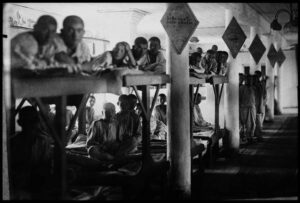
With Stalin’s rise to power, slavery in these camps became a major economic resource. The death of thousands of zeks (“prisoners”) will not, however, worry the regime which sees its population as an inexhaustible source of labor… 52:12 – 2. Proliferation, 1934-1945 Glorified at the 17th Congress of the Communist Party in 1934, Stalin launched major projects that would make history.

The NKVD, which succeeded the GPU, multiplied the camps. The number of deportees crossed the million mark in 1935. A spectacular showcase of the great terror unleashed in 1937, the Moscow trials conceal the extent of the repression which blindly fell on the whole of Soviet society and anonymous people. In August 1939, after the signing of the German-Soviet pact, hundreds of thousands of Poles, Balts, West Ukrainians and Moldovans joined some 2 million Soviet deportees in the Gulag camps.

Prison conditions deteriorated appallingly with the invasion of the USSR by the Wehrmacht in June 1941; and in 1945, despite the victory over Nazi Germany, the number of oppressed increased by tens of thousands of men, women and even children who often had no other fault than having survived the war.
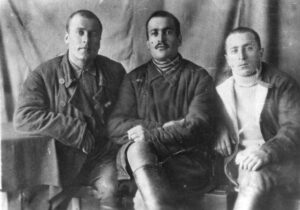
Nazi occupation… 01:46:20 – 3. Apogee and agony, 1945-1957 At the end of the 1950s, populations of the new occupied territories in the East and intellectuals remained two categories particularly suspected of anti-Sovietism.
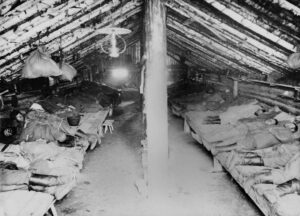
Subjected like men to exhausting tasks, women, including many war widows sentenced to heavy sentences for small food thefts, now represent a quarter of the zeks.

Nearly 2 million detainees, many of them on the very edge of survival, are still crowded into the camps. Little by little, these appalling living conditions caused the economic profitability of the Gulag to fall.
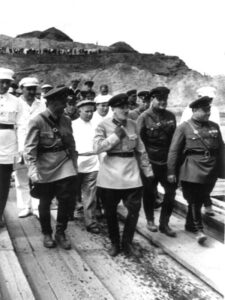
On March 5, 1953, after Stalin’s death, one million people were released. In 1956, Khrushchev, absolving himself of his responsibility, although undeniable, denounced the crimes of Stalinism, causing an immense shock wave throughout the world.
